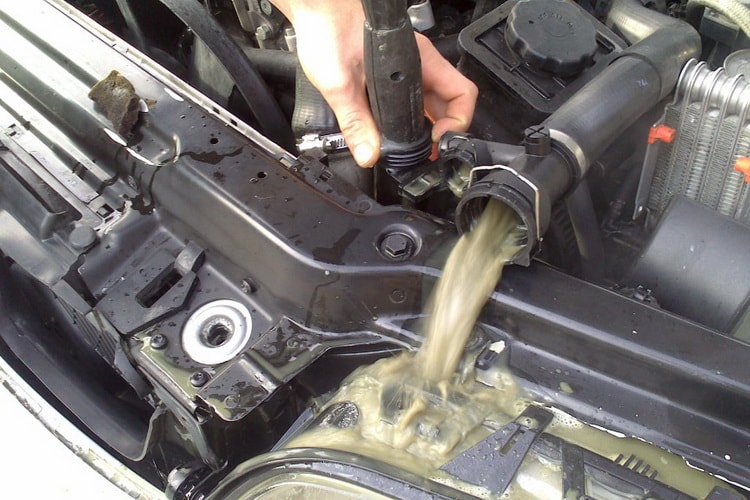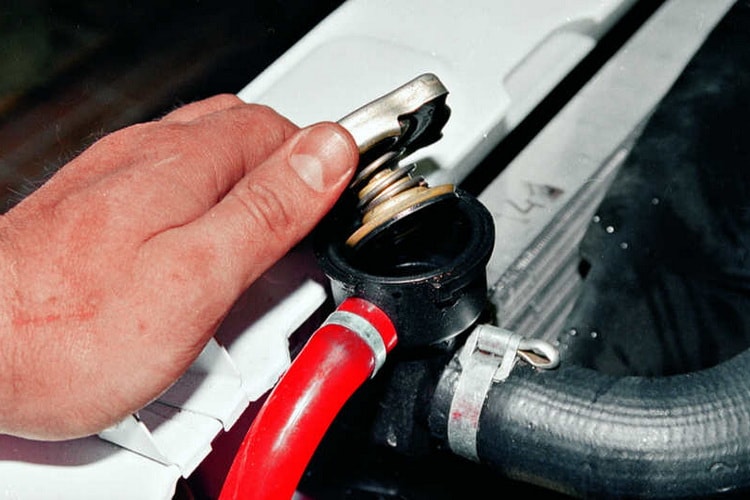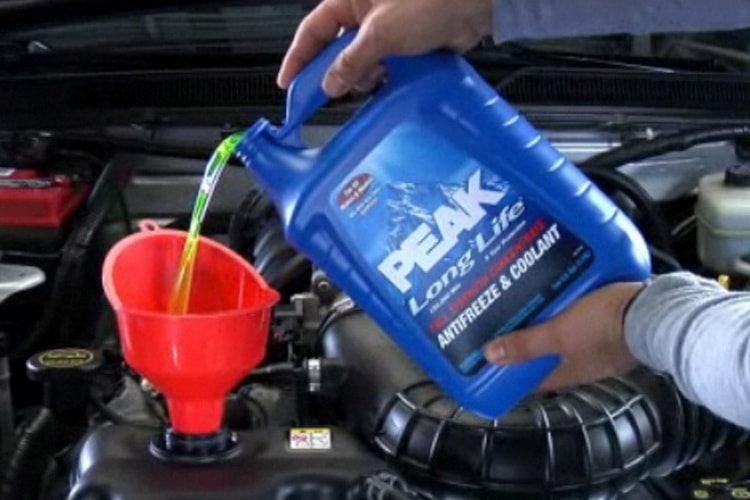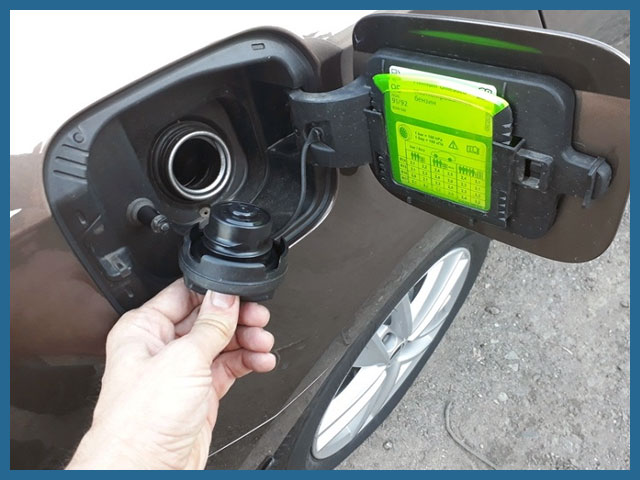
How to change antifreeze in a car
Content
Every internal combustion engine generates heat during its operation. In order to achieve its stable and long-term operation, this heat must be somehow removed.
Today, there are only two ways to cool motors, with the help of ambient air and with the help of coolant. This article will focus on engines cooled in the second way and on the liquids used for cooling, or rather on their replacement.

From the very appearance of internal combustion engines (ICEs), until the middle of the 20th century, their cooling was carried out using ordinary water. As a cooling body, water is good for everyone, but it has two drawbacks, it freezes at temperatures below zero and exposes the elements of the power unit to corrosion.
In order to get rid of them, special fluids were invented - antifreezes, which in translation means "non-freezing".
What are antifreezes
Today, most antifreezes are made on the basis of ethylene glycol and are divided into three classes G11 - G13. In the USSR, a liquid was used as a cooling solution, which was called "Tosol".
Recently, liquids based on propylene glycol have appeared. These are more expensive antifreezes, as they have higher performance properties.

Of course, the most important property of the cooling solution is its ability not to freeze at low temperatures, but this is not its only function, another equally important function is to lubricate the components of the cooling system and prevent their corrosion.
Namely, to perform the functions of lubrication and prevent corrosion, antifreezes contain a wide range of additives that have a far from eternal service life.
And in order for the cooling solutions not to lose these properties, these solutions must be changed periodically.
Frequency of replacement of antifreeze
The intervals between coolant changes depend primarily on the type of antifreeze.
The simplest and cheapest cooling solutions of the G11 class, which include our antifreeze, retain their properties for 60 kilometers, or for two years. Higher grade antifreezes last longer and need to be changed much less frequently.
For example, class G12 liquids, which can be externally distinguished by red color, do not lose their properties for 5 years or 150 kilometers. Well, the most advanced, propylene glycol antifreezes, class G000, serve at least 13 km. And some types of these solutions can never be changed at all. These antifreezes can be distinguished by their bright yellow or orange colors.
Flushing the cooling system
Before replacing the antifreeze, it is recommended to flush the system, as during operation scale, dirt and engine oil residues accumulate in it, which clog the channels and impair heat dissipation.
The easiest way to clean the cooling system is as follows. It is necessary to drain the old antifreeze and fill it with plain water for one or two days. Then drain, if the drained water is clean and transparent, then fresh cooling solution can be poured.


But this happens extremely rarely, if at all, so after you have flushed the cooling system once, you should flush it again. To speed up this process, you can flush with a descaling agent.
After this agent is poured into the cooling system, it is enough for the internal combustion engine to work for about 5 minutes, after which the cooling system can be considered cleaned.
Coolant replacement procedure
Below is a mini instruction for those who decide to change the coolant in their car.
- First, you need to find a drain plug. Usually it is located at the very bottom of the cooling radiator;
- Substitute under the drain hole, some kind of container with a volume of at least 5 liters;
- Unscrew the plug and start draining the coolant. It must be remembered that immediately after turning off the engine, the coolant has a very high temperature, and if you start draining the liquid immediately after turning off the engine, you can get burned. That is, before starting the drain procedure, it would be correct to allow the antifreeze to cool for some time.
- After the drain of the liquid is completed, the drain plug must be wrapped;
- Well, the last procedure is the filling of antifreeze.


During the procedure for replacing the coolant, it is necessary to check the condition of the components of the cooling system.
First of all, you need to visually assess the condition of all connections and make sure they are tight. Next, you need to touch the elasticity of all rubber parts of the cooling system by touch.


Watch this video on YouTube
The ability to mix different types of liquid
The answer to this question is very simple and short, no antifreeze, different types can be mixed.
This can lead to the appearance of some solid or jelly-like deposits that can clog the channels of the cooling system.


In addition, as a result of mixing, foaming of the cooling solution can occur, which can lead to overheating of the power units and very serious consequences, and costly repairs.
What can replace antifreeze
During the operation of the internal combustion engine, sometimes the tightness of the cooling system occurs, and the engine begins to warm up.
If you do not have the opportunity to quickly fix the problem, then you need to top up the coolant before visiting the service station. In this case, you can add plain water, preferably distilled.


Watch this video on YouTube
But we must remember that such topping up increases the freezing point of antifreeze. That is, if the depressurization of the system occurred in winter, then it is necessary to eliminate the leak as soon as possible and change the cooling solution.
How much coolant is needed to replace?
The exact amount of coolant is indicated in the instruction manual for each car model. However, there are some common points.
For example, in engines up to 2 liters, up to 10 liters of coolant and at least 5 liters are usually used. That is, given that antifreeze is sold in cans of 5 liters, then to replace the coolant you will need to buy at least 2 cans.
However, if you have a small car with a volume of 1 liter or less, then one canister will probably be enough for you.
Summary
Hopefully this article describes the process of replacing the cooling solution in sufficient detail. But, however, in this case, many operations are carried out from the bottom of the car, and they need to be carried out either on a pit or on a lift.


So, if you don’t have a pit or a lift on the farm, then the replacement will be quite time-consuming. You will need to jack up your car and be prepared to do a lot of the work while lying on your back under the car.
If you are not ready to endure these inconveniences, then in this case it is better for you to use the services of a service station. The very operation of replacing the coolant is one of the cheapest in the service station price list.

